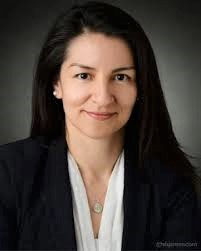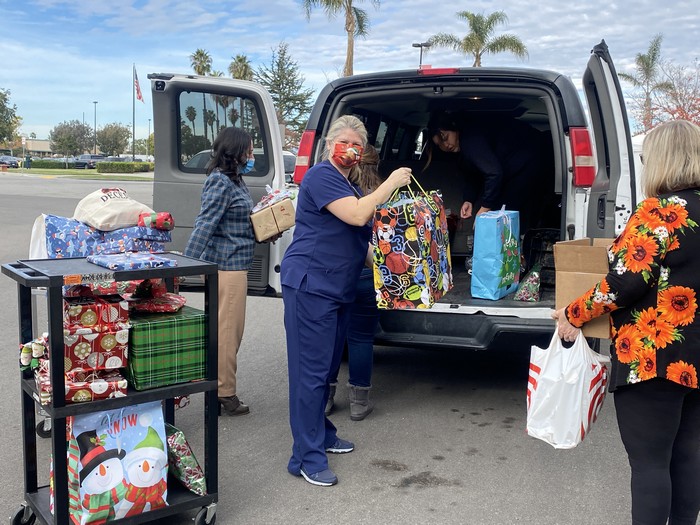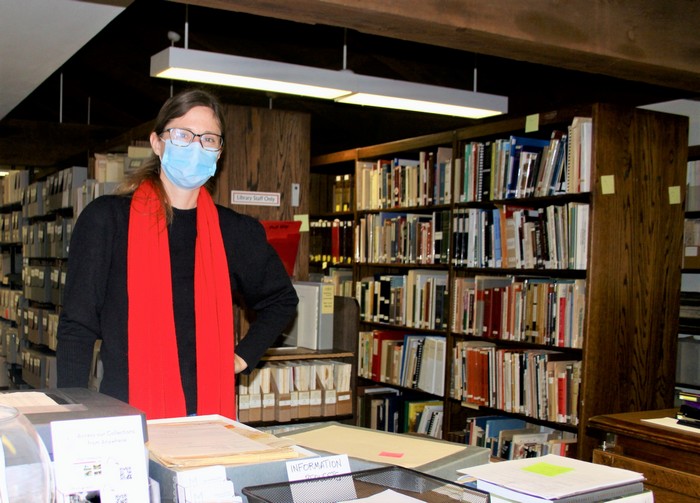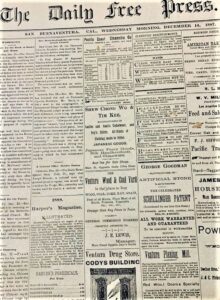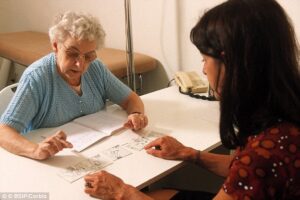
As we get ready for 2022, the Alzheimer’s Foundation of America (AFA) is encouraging individuals to make a New Year’s resolution to get a memory screening. AFA offers free, confidential memory screenings through a secure virtual format every Monday, Wednesday and Friday—appointments can be scheduled by calling AFA at 866-232-8484 or through AFA’s website. The service is available to everyone—there are no minimum age or insurance prerequisites.“Annual screenings are important, including for our brains, which is why everyone should make getting a memory screening a New Year’s resolution for 2022,” said Charles J. Fuschillo, Jr., AFA’s President & CEO. “Just as we regularly check other facets of our health, we should all get a checkup from the neck up, regardless of whether or not we are having memory problems.”
Memory screenings are simple, quick (approximately 10-15 minutes) and noninvasive, and consist of a series of questions, administered by a qualified professional, to gauge memory, language, thinking skills and other intellectual functions. They are similar to other routine health screenings, such as those for blood pressure, cholesterol and skin checks. Results are not a diagnosis, but a memory screening can suggest if someone should see a physician for a full evaluation.
Early detection of memory impairments is extremely important. Many different conditions can cause memory issues, including treatable or curable conditions such as vitamin deficiencies, thyroid conditions, urinary tract infections, stress, anxiety and depression.
Even in the case of a dementia-related illness such as Alzheimer’s, early detection can provide greater opportunity to begin treatments that can help slow the symptoms of the disease, as well as taking part in a clinical trial. In addition, it affords the person the chance to take advantage of community services, such as support groups and therapeutic programming, as well as have a greater say in making legal, financial and health care decisions.
Memory screening appointments can be scheduled by calling AFA at 866-232-8484 or through AFA’s website here. Screenings are conducted through secure videoconference technology (i.e., Facetime, Zoom, Skype)—all that’s needed is a device with a webcam and Internet capability, such as a smartphone, laptop, or tablet.
The Alzheimer’s Foundation of America is a non-profit organization whose mission is to provide support, services and education to individuals, families and caregivers affected by Alzheimer’s disease and related dementias nationwide and to fund research for better treatment and a cure. Its services include a National Toll-Free Helpline (866-232-8484) staffed by licensed social workers, the National Memory Screening Program, educational conferences and materials, and “AFA Partners in Care” dementia care training for healthcare professionals. For more information about AFA, call 866-232-8484, visit www.alzfdn.org, follow us on Twitter or connect with us on Facebook, Instagram or LinkedIn. AFA has earned Charity Navigator’s top 4-star rating for seven consecutive years.


